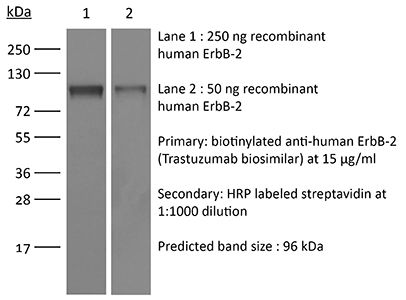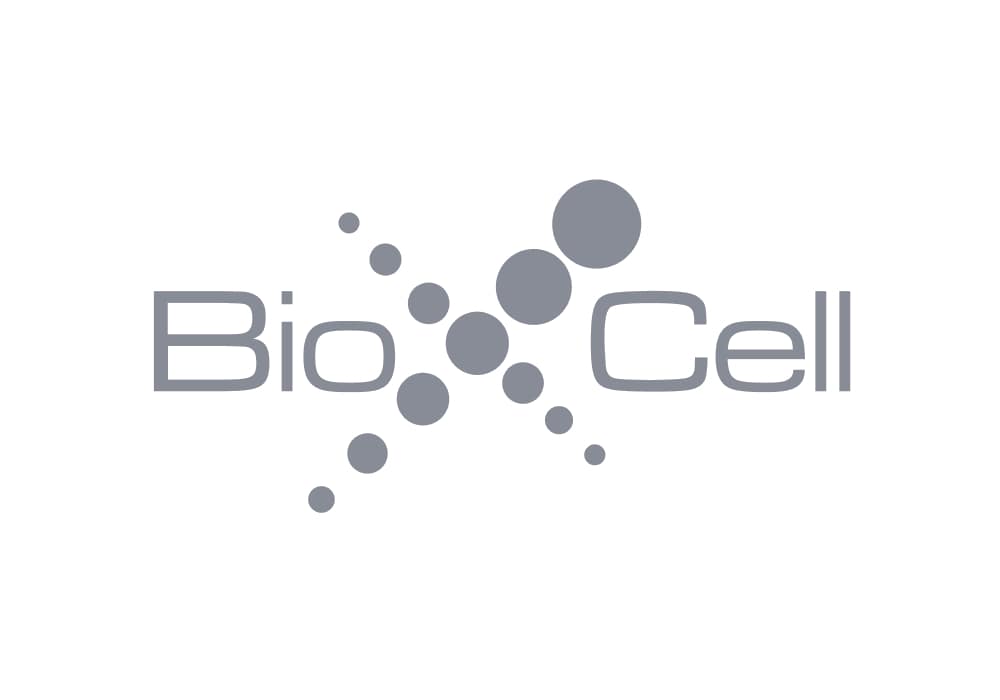InVivoSIM anti-human HER2 (Trastuzumab Biosimilar)
Catalog #SIM0005
Product Citations:
3
Clone:
Trastuzumab
Reactivities:
Human
Product Details
This non-therapeutic biosimilar antibody uses the same variable regions from the therapeutic antibody Trastuzumab making it ideal for research use. This Trastuzumab biosimilar reacts with human HER2 (human epidermal growth factor receptor 2) also known as neu peptide, CD340, ErbB-2, and p185. HER2 is a 185 kDa transmembrane, receptor-like glycoprotein with intrinsic tyrosine kinase activity that is part of several cell surface receptor complexes. HER2 lacks an identified ligand however, the kinase can be activated in the absence of a ligand when overexpressed. HER2 is a proto-oncoprotein that is commonly overexpressed on a variety of different tumors. Approximately 40% of human breast cancers overexpress HER2. HER2 overexpression is associated with poorer overall survival rates, shorter times to disease progression, and increased resistance to chemotherapy. Because of these clinical characteristics anti-HER2 monoclonal antibody therapy is now a standard for the treatment of advanced breast cancers that overexpress HER2. Trastuzumab induces an immune-mediated response that triggers the internalization and downregulation of HER2.Specifications
| Isotype | Human IgG1 |
|---|---|
| Recommended Isotype Control(s) | RecombiMAb human IgG1 isotype control, anti-hen egg lysozyme |
| Recommended Dilution Buffer | InVivoPure pH 7.0 Dilution Buffer |
| Immunogen | Human A431 cells over-expressing EGFR |
| Reported Applications |
Flow Cytometry ELISA Immunohistochemistry Western Blot |
| Formulation |
PBS, pH 7.0 Contains no stabilizers or preservatives |
| Endotoxin |
<1EU/mg (<0.001EU/μg) Determined by LAL gel clotting assay |
| Sterility | 0.2 µm filtration |
| Production | Purified from cell culture supernatant |
| Purification | Protein A |
| RRID | AB_2894726 |
| Molecular Weight | 150 kDa |
| Storage | The antibody solution should be stored at the stock concentration at 4°C. Do not freeze. |
Recommended Products
{{block class="Bioxcell\ExtraTabs\Block\Catalog\Product\View\Citations" name="citations" template="Bioxcell_ExtraTabs::citations.phtml"}}


